When you're a beginner, the gym can be an intimidating place. Entering a room full of iron and steel takes some getting used to; there, sweat stains on the bench are a sign of victory and the clanging of weights is followed by the grunts of lifters beating a personal record. But, while you might adapt to your settings after a few visits, getting down the basics of training will likely take a bit longer.
Knowing which weight to lift, let alone how to lift properly, can seem daunting—especially if you don't know where to start. How are you supposed to make strides in the weight room if you don't take time to establish solid goals? How can you establish goals if you don't know what to realistically aim for?
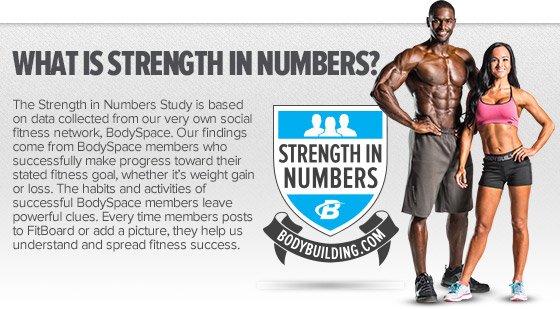
Fumbling around, testing out weights, and struggling to match lifts that the person before you repped out (but didn't re-rack) are all a part of the "getting to know you" gym process—but they're not always enjoyable. We thought we'd help you skip the uncomfortable initiation by simplifying things with some useful BodySpace stats.
Strength by the Numbers
To offer some guidance on how much weight you should lift for your first few months in the gym, we set out to discover how much weight, relative to their own bodyweight, beginners on BodySpace typically lift.
We scoured BodySpace and pulled data on three key movements: the bench press, the squat, and the deadlift. We included more than 66,000 active users between the ages of 16-50. Women mostly ranged from 21-30 years of age while men were between the ages 18-30. We dug as far back as 2012 and gathered data from a hefty amount of workouts—908,591, to be exact.
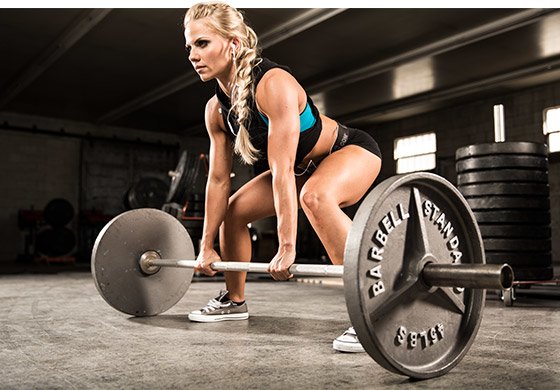
Since most standard bodybuilding programs utilize a "3 sets for 8-12 reps" structure, we decided to track numbers that coincided best and were heavily recorded by BodySpace members. To give a better picture of max strength, we also tracked 3-rep max (3RM) for our beginners.
When we shook the base of the muscle tree, these are the averages that fell out. All of these numbers are from novice lifters, and they should be considered strength benchmarks for people just getting started. Let them motivate you to greatness. After 6 months of consistent training, you can expect to crush these stats but, for now, use them as a guideline for what may be possible.
Average Percent of Bodyweight (BW) Lifted
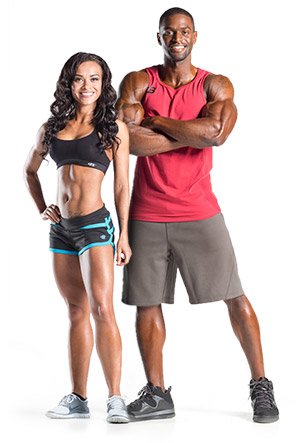
Women
Bench press: 47% of BW for 3 sets of 12 reps
Squat: 76% of BW for 3 sets of 12 reps
Deadlift: 69% of BW for 3 sets of 10 reps
Bench press: 66% of BW for 3RM
Squat: 94% of BW for 3RM
Deadlift: 102% of BW for 3RM
Men
Bench press: 78% of BW for 3 sets of 12 reps
Squat: 93% of BW for 3 sets of 12 reps
Deadlift: 101% of BW for 3 sets of 10 reps
Bench press: 94% of BW for 3RM
Squat: 119% of BW for 3RM
Deadlift: 132% of BW for 3RM
Feel like you're falling below the mean, or want to continue crushing it? Follow these tips to add some weight to your current numbers!
Start A Dedicated Strength Training Program
Serious lifters follow a plan. They know how often they need to train certain body parts or lifts, when they'll benefit from dropsets, and when a training split spells results. As a gym newbie, you're still using your technique training wheels, but that doesn't mean you have to wander aimlessly from machine to machine. Instead, get the ball rolling with a training plan of your own.
Not sure where to start? Check out our strength-based trainers!
For men, programs like Jim Stoppani's science-based "Shortcut to Size" or Cory Gregory's 16-week Get Swole are great places to start. Women who are looking to hit the weights could start with Jamie Eason's LiveFit trainer. The Ultimate 30-Day Beginner's Guide is also a great way to kickstart your foray into fitness.
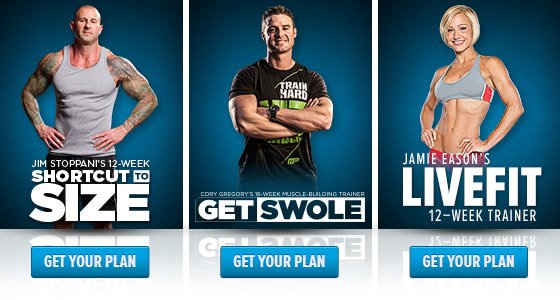
If you're pressed for time, consider crushing your strength workout in half an hour and some change, or get in a quick body-part specific workout to help get your feet wet. For women looking to add size to their upper body, Nicole Wilkins's Olympian Shoulders and Jen Jewell's The Right To Bear Arms are great options. Work on carving out a killer quad sweep and building your glutes with the help of figure competitor Pauline Nordin. Looking to strengthen your core? Skip overrated crunches and see real results with Kellie Davis's No-Crunch Core Workout.
For men, James Grage's Strong-Arm Tactics will help target your bis and tris while Noah Siegel's leg workout will teach you time importance of foot placement and mobility.
Record Your Results

Remember to track your numbers as you go. The BodySpace app makes it easy to plug in the weight used for a specific amount of reps and sets. Tracking your progress helps ensure that you're headed in the right direction and, if you plateau, looking back to where you started can provide the motivation you need to ramp up your numbers once again.
Need an extra boost of motivation? Hold yourself accountable with a gym buddy. Not only can a partner help encourage you to attend all of your weekly training sessions, he or she can also help spot you as you add plates and push yourself toward greatness.
Be Smart With Supplementation
Supplements can be confusing at first, but one thing is undeniable: Protein should be at the top of your list. The more you tax your body with resistance training, the higher your protein intake needs to be. Your body needs it not only to grow, but to function optimally. Protein is essential for the muscle-building process. On average, aim for 1-1.5 grams of protein per pound of bodyweight—leaning toward the latter if you're looking to put on lean mass. Protein calculators, like those found here, can also help track your numbers.
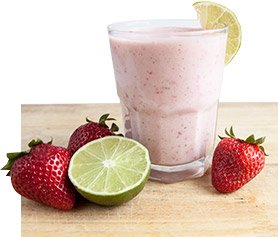
If you're worried that you aren't meeting your target number, consider supplementing with protein shakes. Don't worry—they don't have to be bland or mixed with water. Check out this handy protein shake recipe article. From breakfast coffee and oatmeal shakes to tropical treats and chocolate peanut butter creations, these shakes serve up a ton of flavor.
Other supplements to consider including in your starter stack include branched-chain amino acids (BCAAs) for post-training recovery and a multivitamin to fill in any micronutrient gaps. Check out some easily-customizable sample stacks.
Eat Clean (And Often)
The majority of your diet should come from whole-food sources. It's simple: Lift big, eat big. While you can meet your nutritional needs on a steady diet of lean proteins like chicken and tilapia and complex carbs—like sweet potato and brown rice—those don't have to be your only options. Instead of limiting yourself to the basics, spice things up with nutritionally sound dishes such as wild boar meatball sub, creamy avocado chicken pasta, and salmon-stuffed red potato.
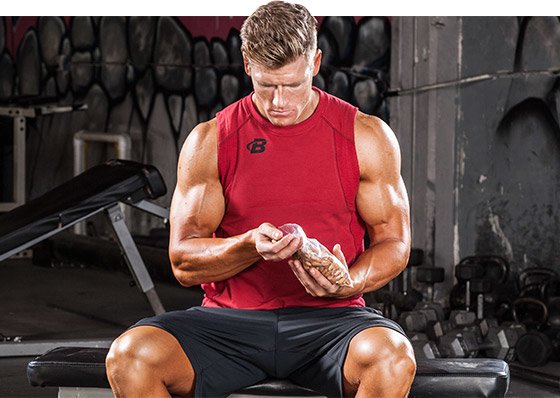
As for the holidays, they're no longer an excuse to binge when you can have your (protein) pie and eat it too. Try these recipes for crustless pumpkin pie, gourmet truffles, and hot cocoa. Still not sure where to start? Try the classic 40/40/20 breakdown of carbs, protein, and fat, and see how that works for you. Remember, you can always adjust your macros to meet your dietary needs. Check out the entire recipe database for even more options.
Don't Underestimate The Power Of Recovery
Muscle tissue is broken down under the stress of training; it's built back up during rest. Give your body ample time to recover from the stress you exert on it so you can come back full-force. Not only does a day (or days) off help prevent overtraining, it also allows you to ramp up your motivation and intensity for the next gym session. Mix occasional active rest—where you engage in low-impact, light aerobic work such as an evening jog or midday bike ride—with passive rest.
Be sure to stretch, too. Consider using breaks between sets to alleviate soreness in the muscle you're working. Remember to stretch post-workout to reduce risk of injury and increase your range of motion—something which can play a huge role when you do compound lifts.
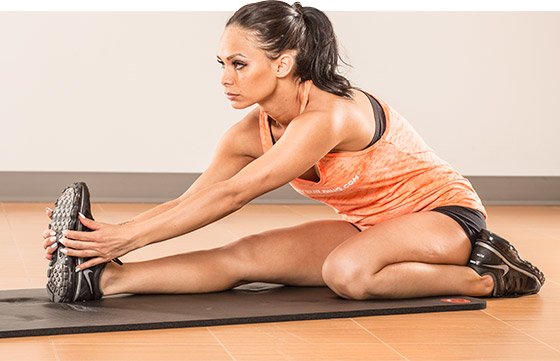
Are you still sore from that workout? While sports massages are great, they can become spendy. Consider foam rolling for a self-myofascial release—a form of soft-tissue therapy where you apply pressure to tight areas to relieve pain and improve flexibility.
Hit the Gym!
Armed with these numbers and newfound knowledge, you can get in the gym and get to work! Post your questions, or even your own stats, in the comments section below.
